Cisterns of Tawila
This impressive system of tanks was used to store drinking water as long as 2,000 years ago.
Meandering around the busy streets in Crater, Aden’s city center, one could forget that it has been a major geopolitical player for millennia. Its strategic position on the Europe-India sea route ensured that a thriving settlement existed at least as far back as 1,000 BC. Given the arid climate, it is fitting that this city is home to a complex ancient system of cisterns built to provide water for its residents.
Nearly two millennia ago, the cisterns of Tawila were carved out of the volcanic rocks of the Shamsan mountains to collect and store rainwater and to prevent flooding in the crucial Yemeni city of Aden.
The first mention of the drinking water cisterns can be found in some ancient manuscripts from the 7th century. This gives reason to believe the tanks are at least 1,500 years old, but most historians agree they are probably even older. The most credible theory is that the people known as Himyarites, who ruled Aden beginning in 115 BC, probably built the cisterns around that time, as they were known for constructing water-catchment structures in the areas they controlled.
After being used for a few centuries, the water system was eventually abandoned. By the time the British, who had occupied Aden in 1829, discovered the deserted cisterns in the mid-19th century, the tanks were almost completely buried by debris. A British diplomat named Sir Robert L. Playfair is credited with cleaning up the ancient water basins and rehabilitating them as a source of fresh water for the port city.
Of the original 53 cisterns, only 18 remain, and have a combined capacity of 19 million gallons. The largest are the Coghlan tank and the Playfair Tank, which is circular. These days, the cisterns are empty, but the site is open to visitors. The political instability in the area has taken its toll on the ancient infrastructure. This is not the first time in the nearly two millennia of their existence that the cisterns witnessed war and destruction, but they have survived thus far and will probably survive this crisis too.

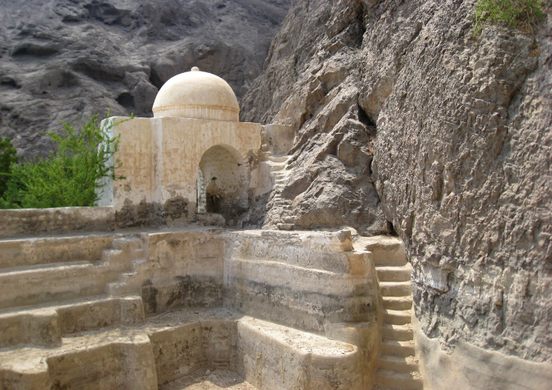



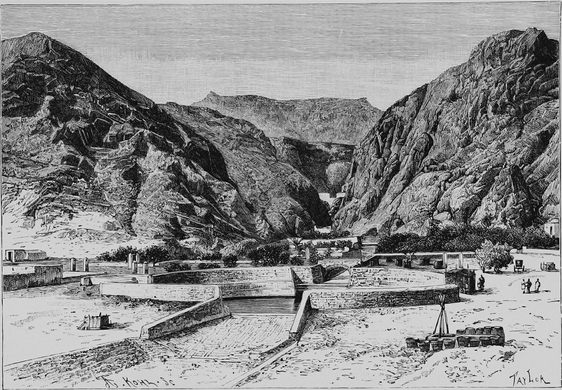





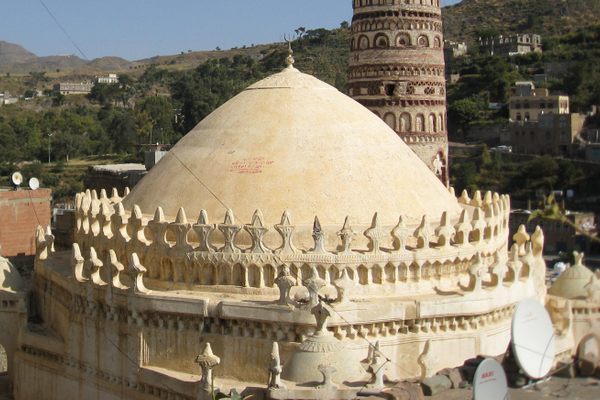
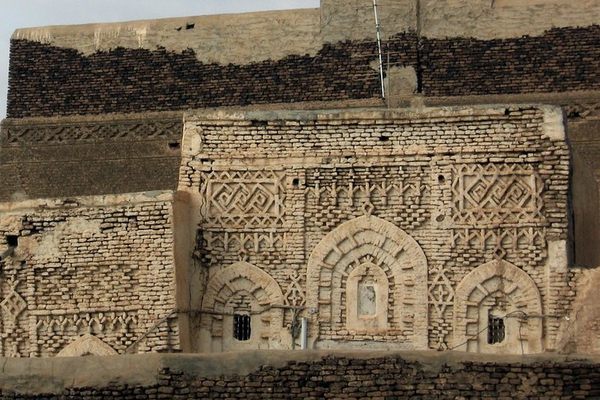

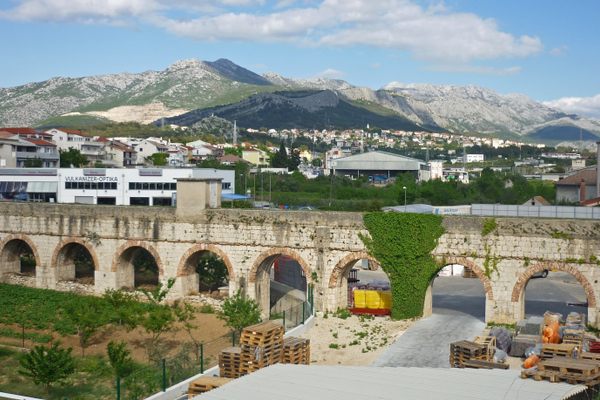




Follow us on Twitter to get the latest on the world's hidden wonders.
Like us on Facebook to get the latest on the world's hidden wonders.
Follow us on Twitter Like us on Facebook